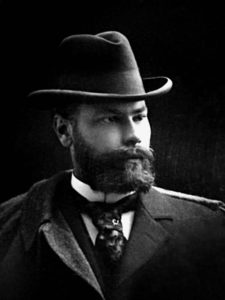Olexa Novakivsky was born on March 14, 1872 in the village of Sloboda-Obodovka of Podolska province, the Russian Empire (now Vinnytsia region of Ukraine).
1872 - 1935
Olexa Novakivsky

description
A Ukrainian painter, innovator, graphic artist and talented teacher.
Oleksa was born into the family of a forester, who worked at the estate of the aristocratic Polish family of Brzozowski. Count Tadeusz Grokholsky, the brother-in-law of the landowner, noticed the gifted guy and advised his sister to allocate Novakivsky scholarship and thus ensure his education.
The work of the artist covers different genres: landscapes and portraits, still-lifes and plot pictures. Novakivsky created the first in Western Ukraine Art School of a new type headed the Faculty of Art of the Lviv Secret Ukrainian University. UNESCO declared 1972 a year of the artist’s memory; in the same year, the art and memorial museum of O. Novakivsky was opened in Lviv, in the house where he lived and worked for more than 20 years.
Key ideas:
– What unite Olexa Novakivsky with the great artists of his time is not only his great talent, but also his desire to be absolutely free creatively and at the same time to serve the tasks of national culture. Against the backdrop of traditional plein air and Impressionism, Symbolism and Art Nouveau, Oleksa Novakivsky was able to capture and convey to the viewer such a charge of emotion, which is felt almost at the material level. The artist’s love for life and close to exalted faith in his high mission reflected in his early canvases.
– The artist’s philosophical thinking invades spheres that are almost inaccessible to visual arts. He is one of the first to raise the existential themes of life and a man’s departure from it, the transience of being and the representation of a man as the Absolute. It is not easy to show by means of art as it requires special expressive means, but the artist finds them. This is not only “aggressive coloring”, like that of Polish painters, members of the Young Poland group, but also a special energetic and a thick line, an unquiet large stroke.
– In general, Novakivsky’s paintings are distinguished by the clarity of the composition, the sonority of the decoratively interpreted color and the expressiveness of the picture.
– Back in the early 1910’s, Oleksa Novakivsky first turned to the theme of awakening, and it became the leitmotif in the further work. It emerged in the format of pictures that appeared in accordance with social and political changes in the current realities of life. For example, in the period after the First World War, the master created a series of portraits of Old Russian princes, including the famous monumental canvas depicting the legendary Oleksa Dovbush in the guise of the lord of the mountains.
– As a teacher, Aleksey Kharlampievich raised in the students a high artistic self-awareness. He said about the basis of his teaching, “it is necessary to master the pattern, and then operate with the color.” Novakivsky’s pupil, artist and poet Svyatoslav Gordinsky, rightly noted that the teacher’s works, even the “unspoken” sketches, are marked with “the seal of an exceptional, dynamic and spiritual structure.”
1872
1888 - 1892
1900
1911
1913
1921
1923 - 1925
1935
The birth of the artist
Started studying in Odessa
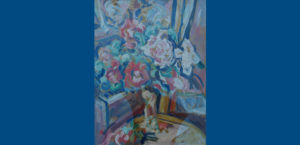
Graduated from the Krakow Academy of Arts
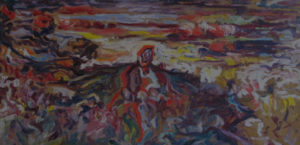
The first personal exhibition in Krakow
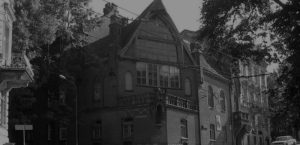
Arrived in Lviv
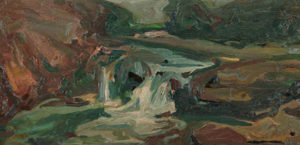
He organized the work of an art school
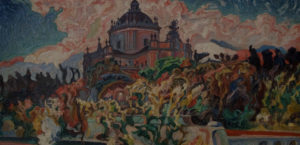
Lviv secret Ukrainian university
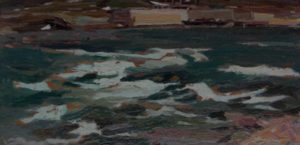
"Mother of Mercy"
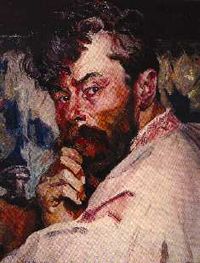
He passed away on August 29 in Lviv.
Olexa Novakivsky
On Artist
flow
Impressionism
Modern
Symbolism
Folk art
artists
Leon Yan Vychulkovsky
Jan Stanislavsky
Klimenko Filipp Filippovich
Vladislav Lushkevich
Yan Mateiko
Jacek Malczewski
By Artist
flow
Expressionism
artists
Leonid Perfetskiy
V. Ivanyuk
Roman Yulianovich Selsky
Sofia Zaritskaya
Stepan Lutsyk
Grigory Smolsky
Gebus-Baranetskaya Stefania Methodievna
Mikhail Moroz
Svyatoslav Yaroslavovich Gordynsky
Cyril Mazur
Grigory Stepanovich Smolsky
Vladimir Gavrilyuk
Getz Lev Lvovich
Dragan Michael
Druchenko Oleksa Grigorievich
Dyadynyuk Vasily Andreevich
Ivan Ivanets
Ivan Keyvan
Andrey Koverko
Edward Kozak
Olga Kozakevich-Dyadynyuk
Miron Levitsky
Lasovsky Vladimir
Yaroslav Lukavetsky
Antin Malyutsa
Ivanna Vasilyevna Nizhny-Vinnikov
Emilia Ohrimovich
Olga Pleshkan
Vladimir Senitsa
Dmitry Dunaevsky
Roman Cherny
Maria Krampets-Morachevskaya

